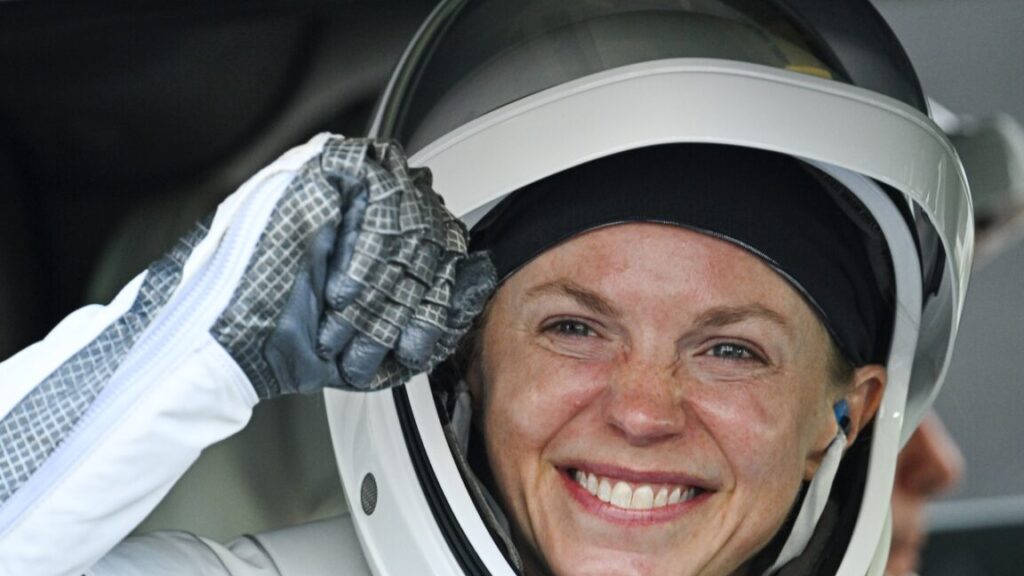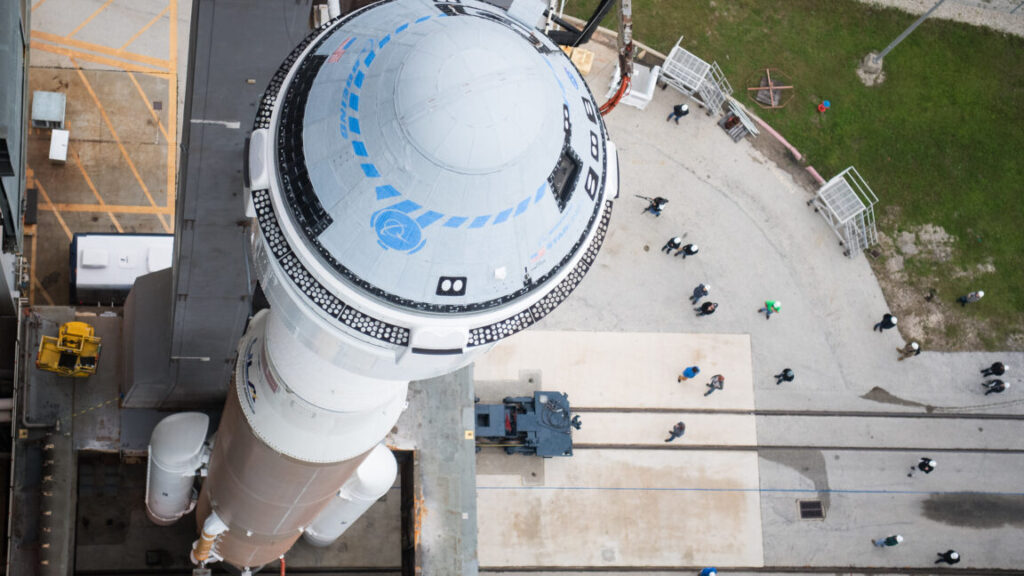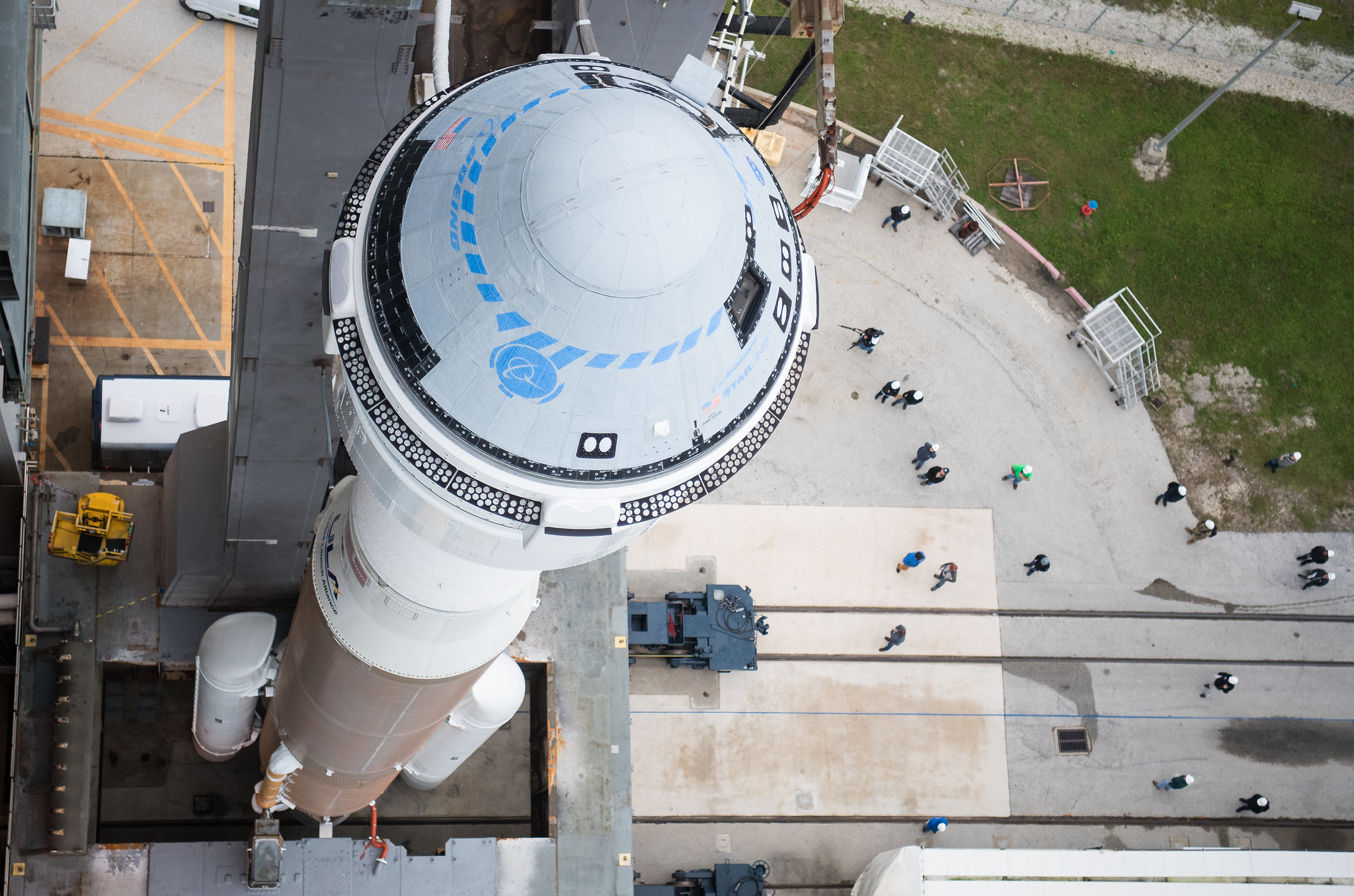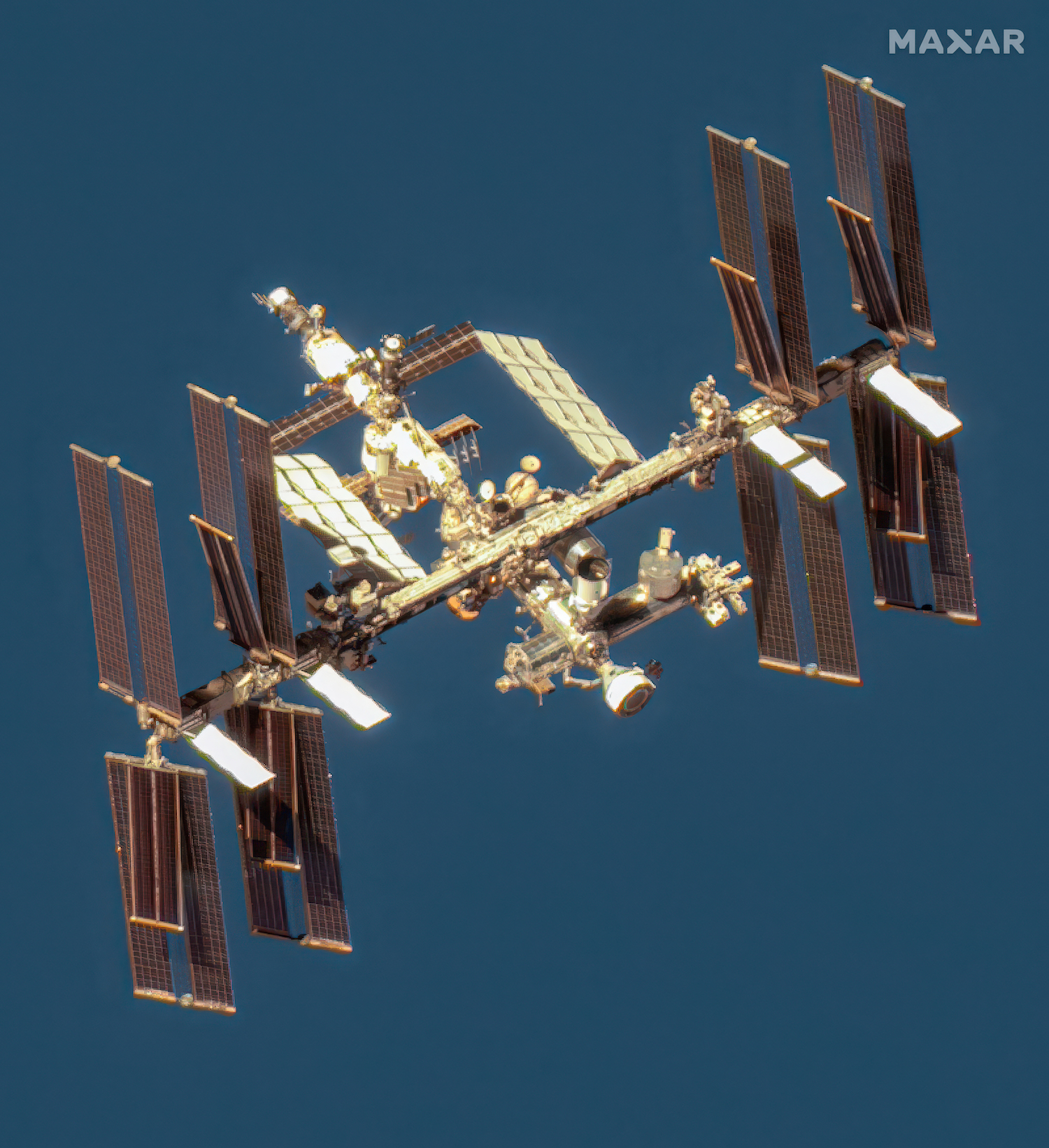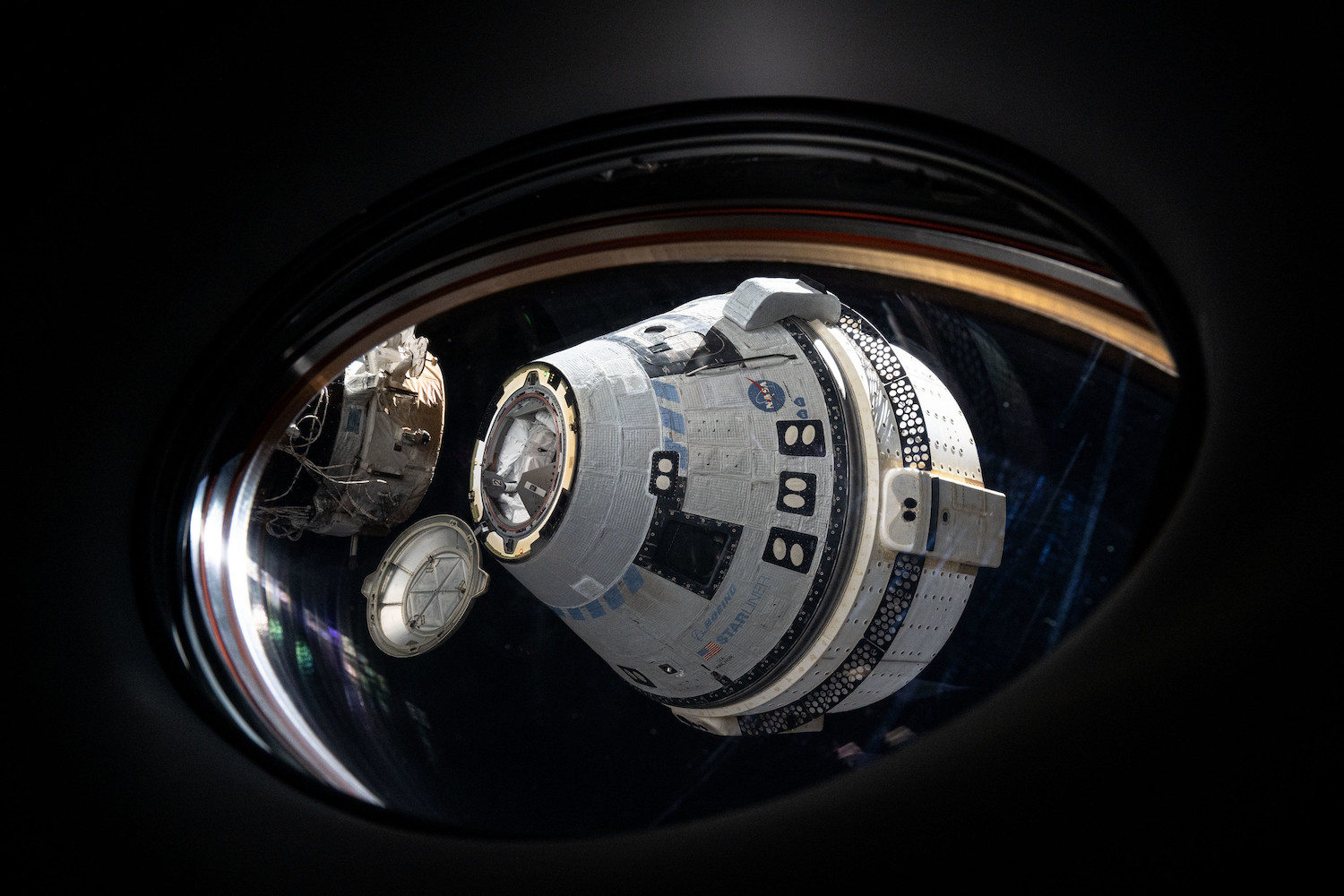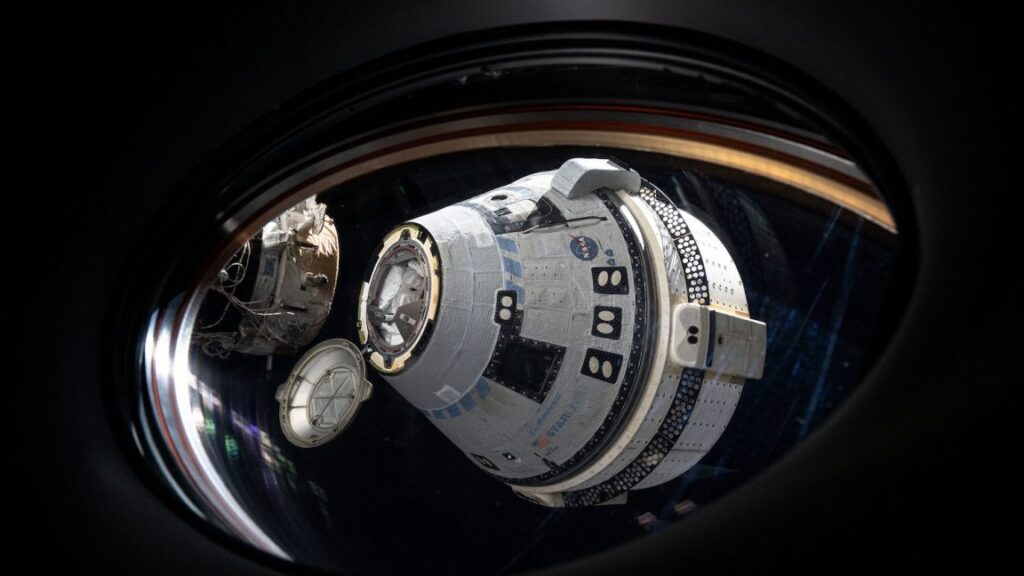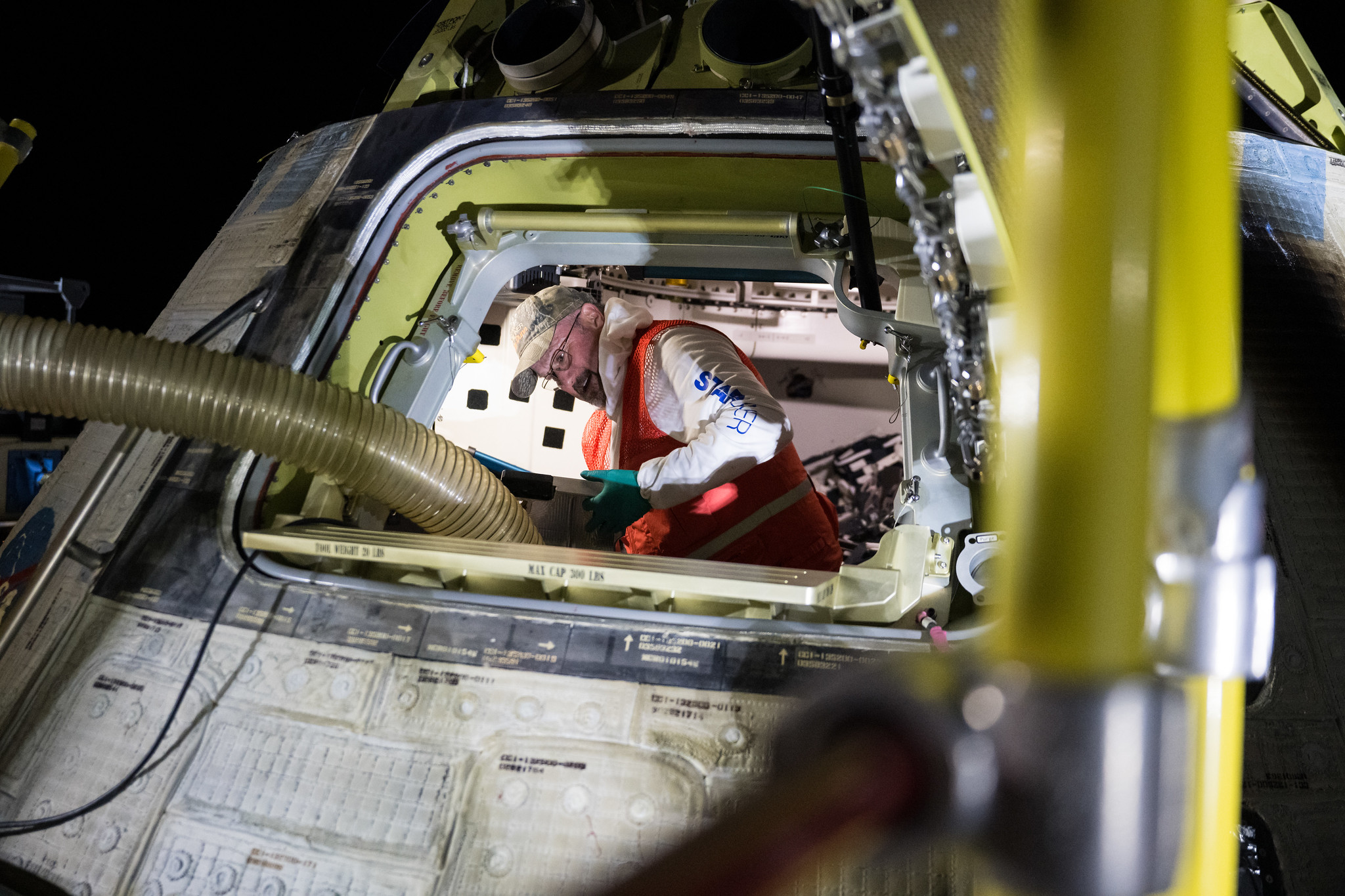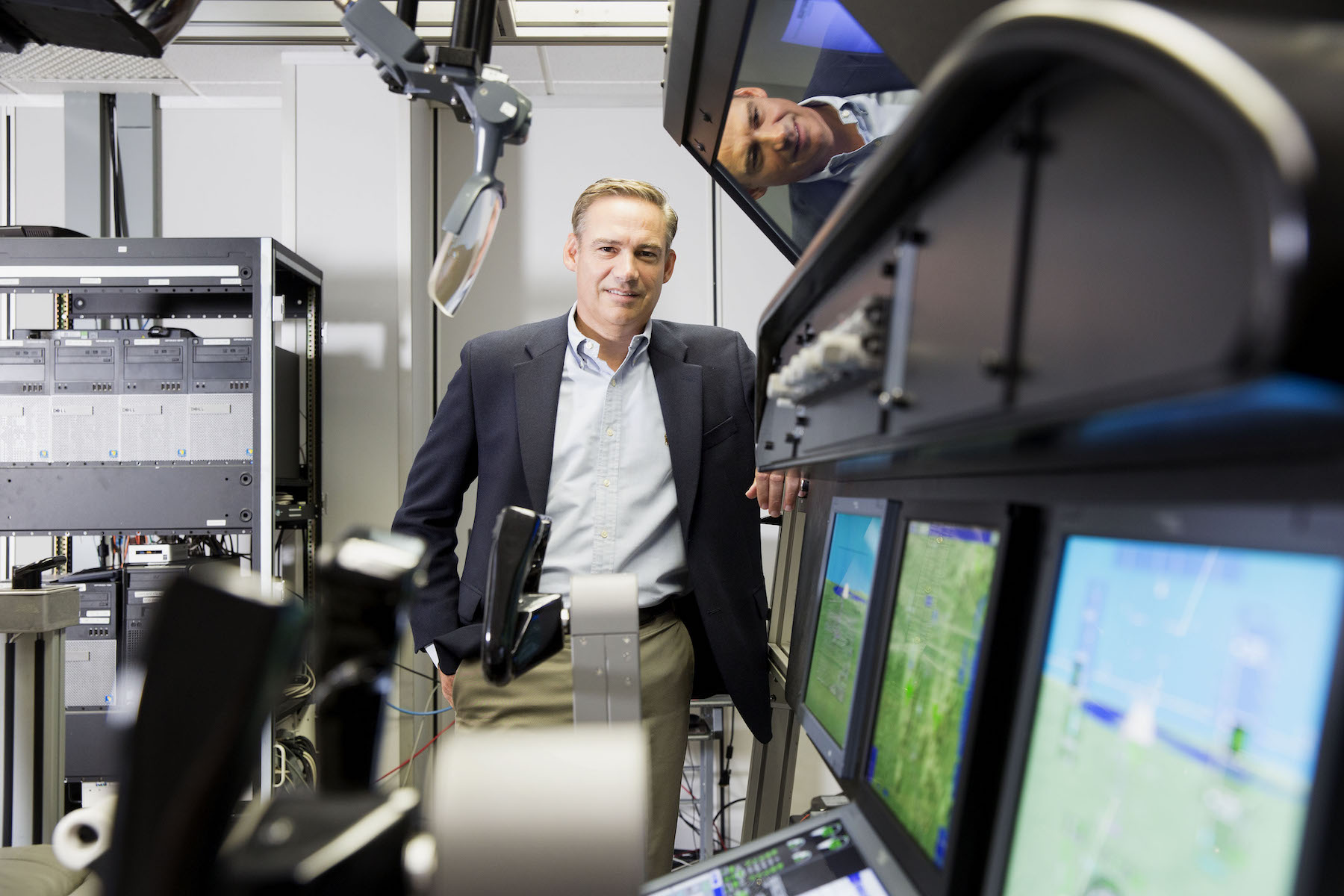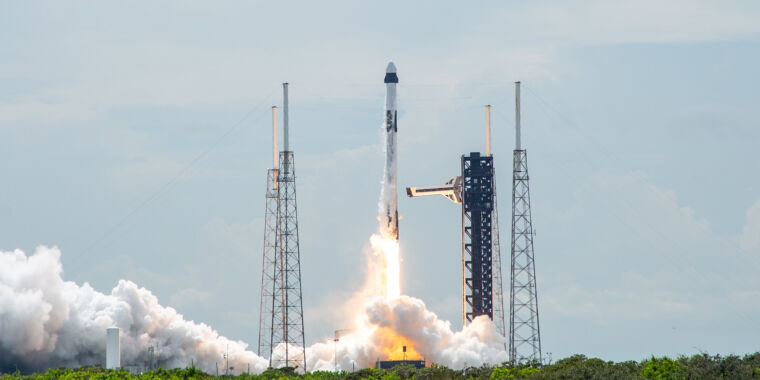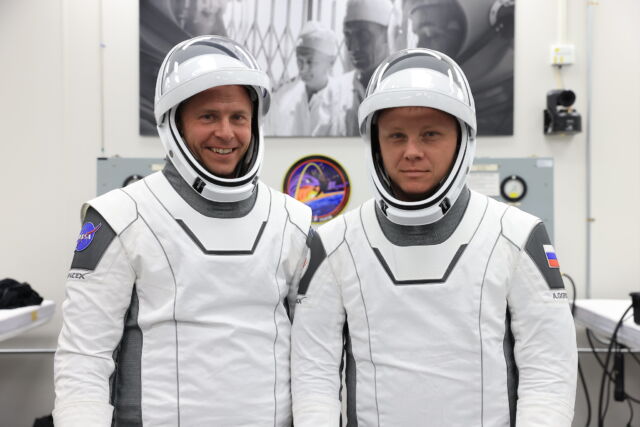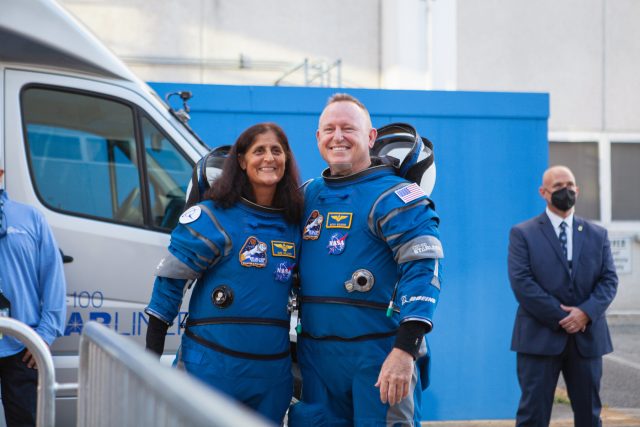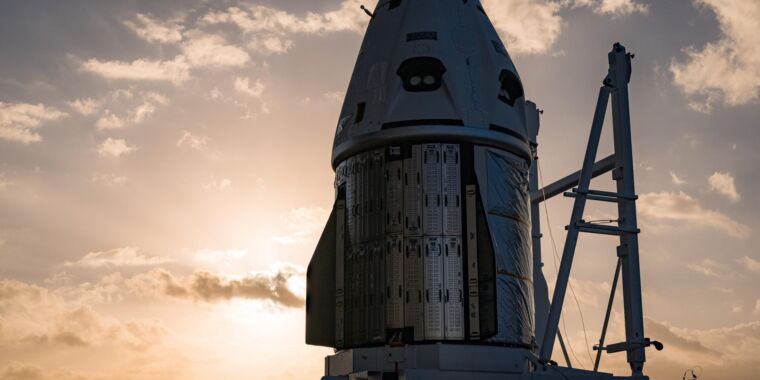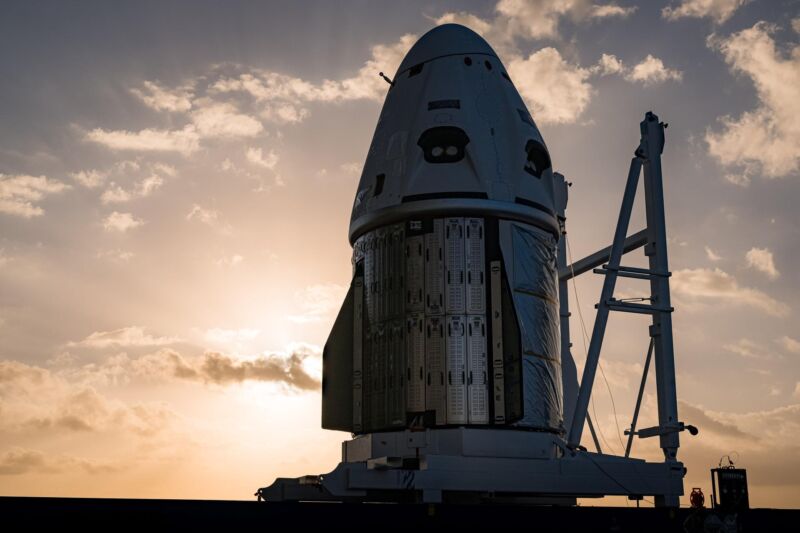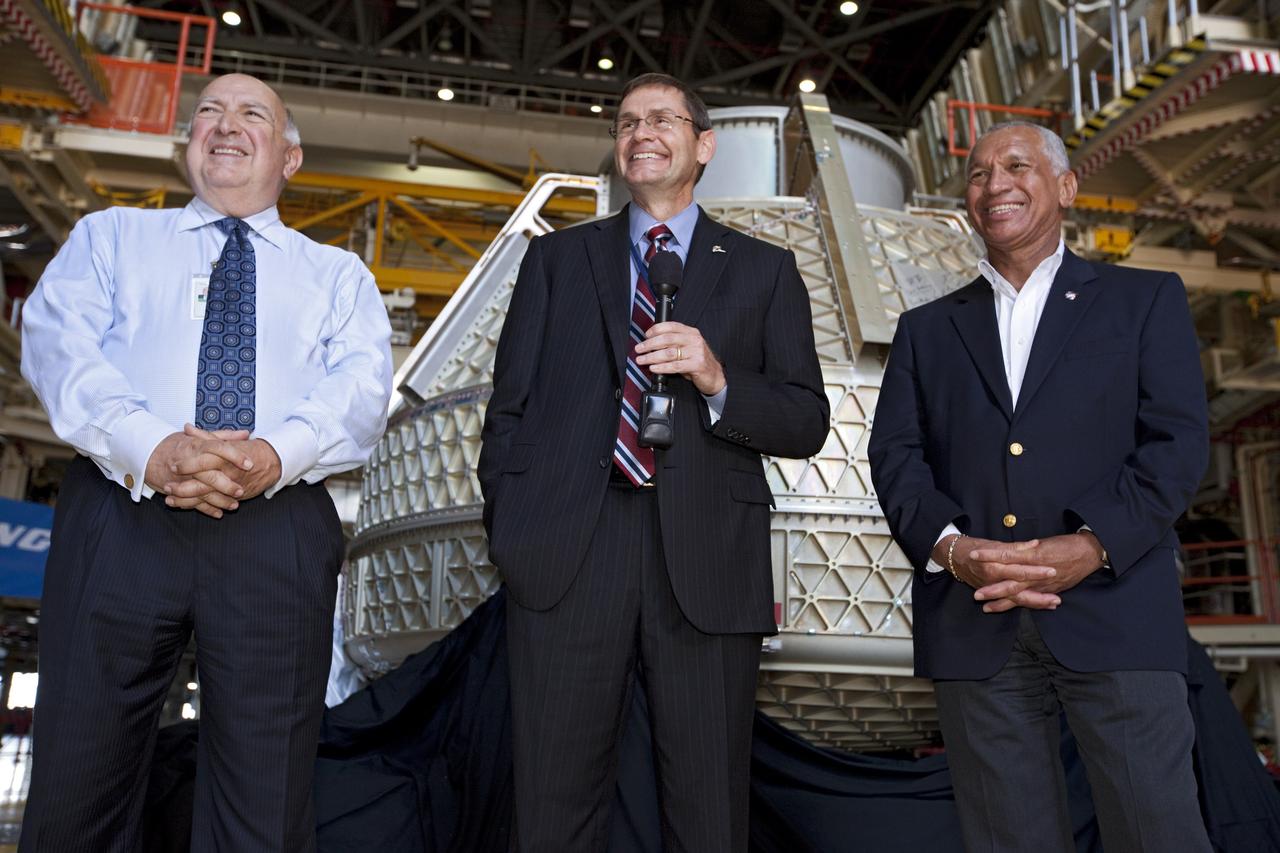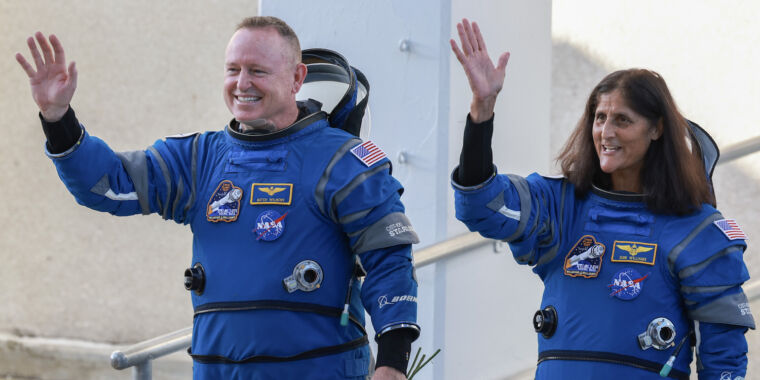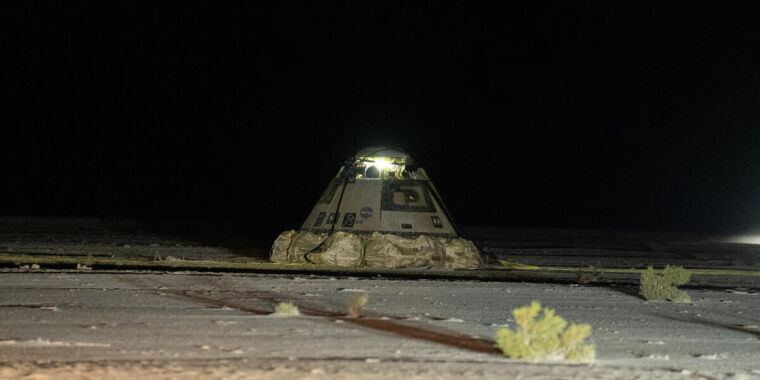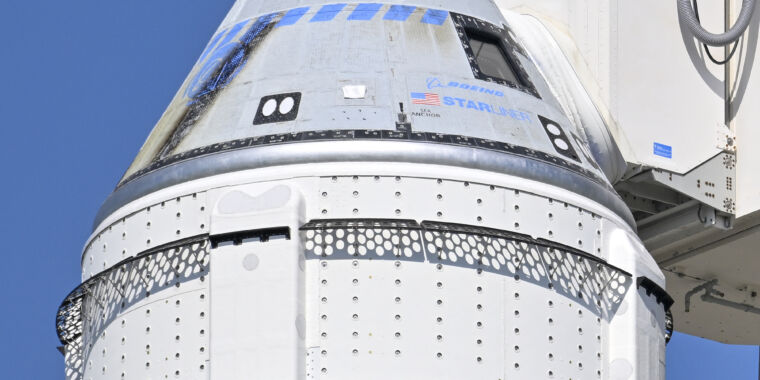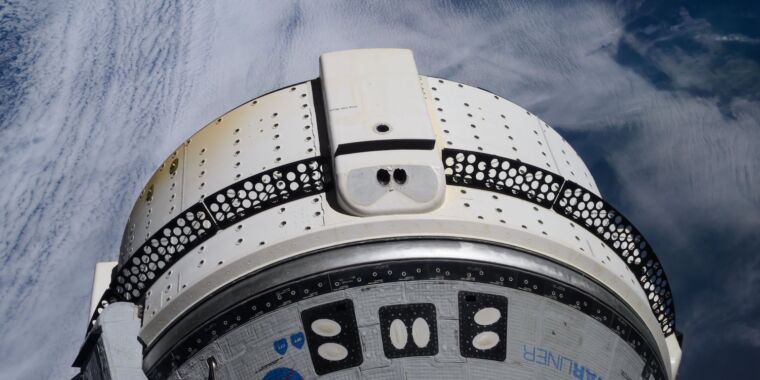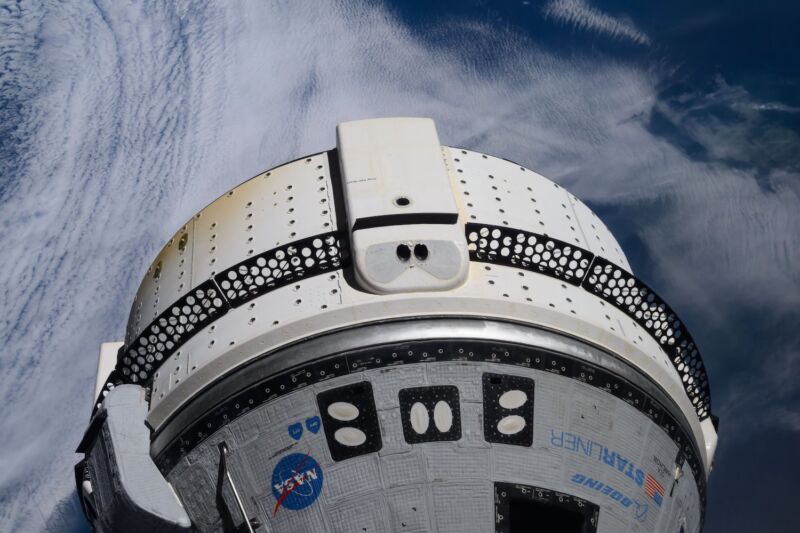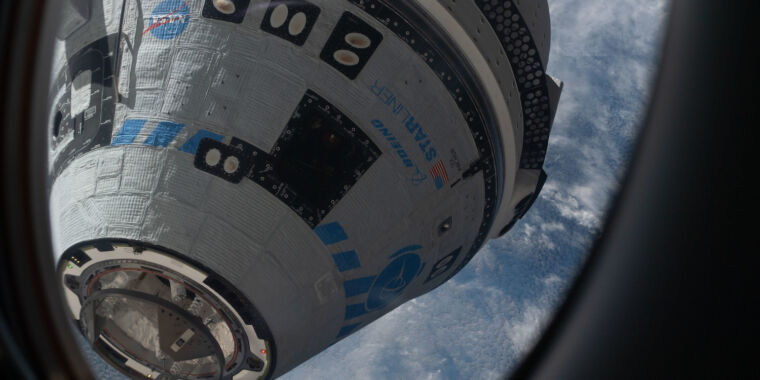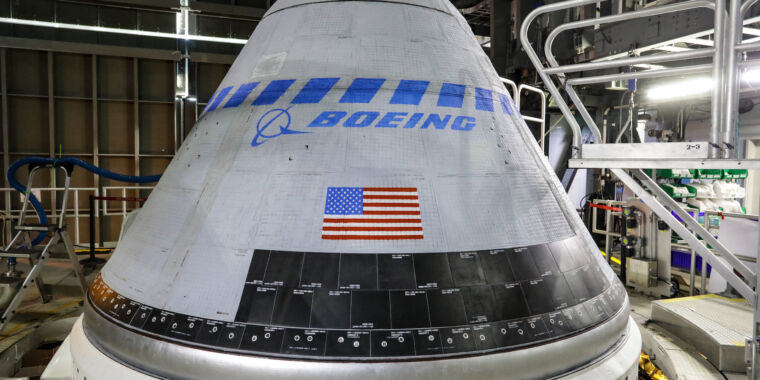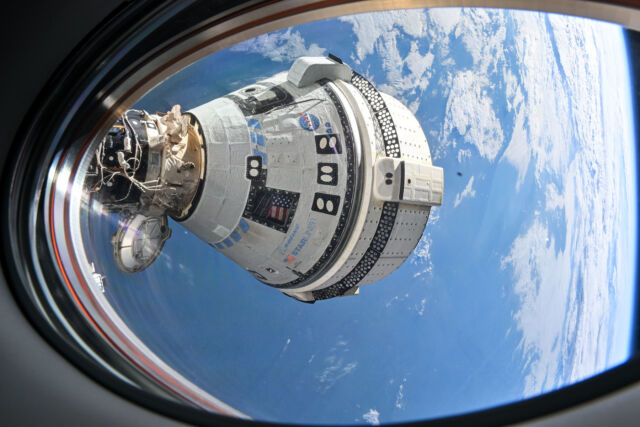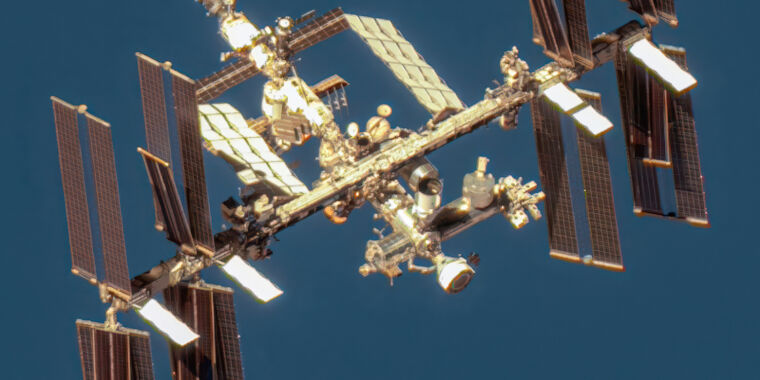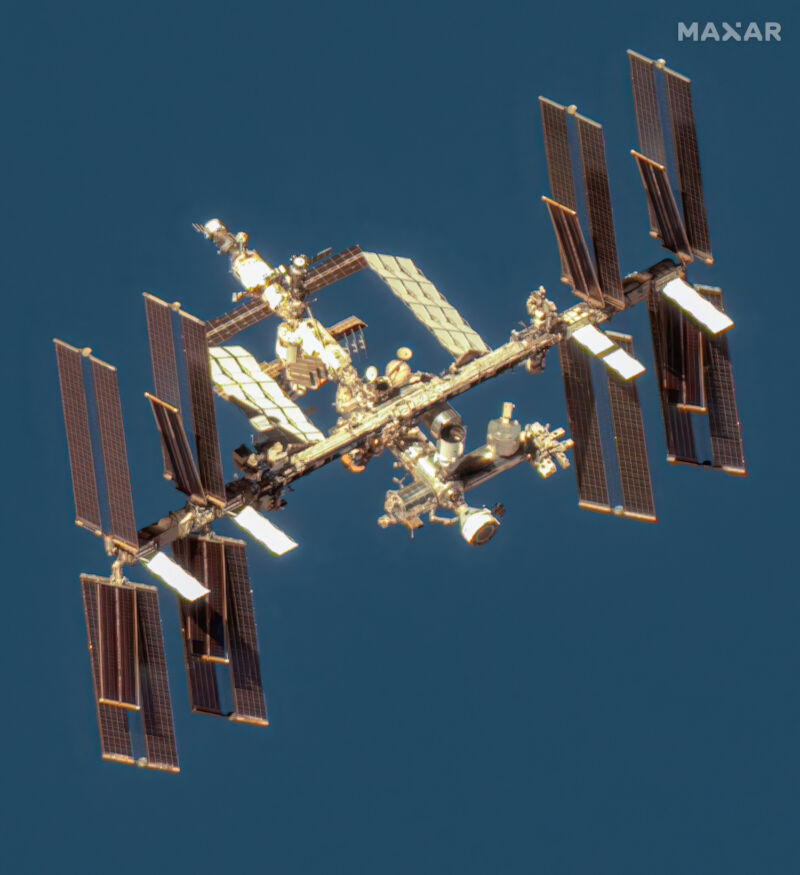With Trump’s cutbacks, crew heads for ISS unsure of when they’ll come back
“We are looking at the potential to extend this current flight, Crew-11.”
NASA astronaut Zena Cardman departs crew quarters at Kennedy Space Center, Florida, for the ride to SpaceX’s launch pad. Credit: Miguel J. Rodriguez Carrillo/Getty Images
The next four-person team to live and work aboard the International Space Station departed from NASA’s Kennedy Space Center in Florida on Friday, taking aim at the massive orbiting research complex for a planned stay of six to eight months.
Spacecraft commander Zena Cardman leads the mission, designated Crew-11, that lifted off from Florida’s Space Coast at 11: 43 am EDT (15: 43 UTC) on Friday. Sitting to her right inside SpaceX’s Crew Dragon Endeavour capsule was veteran NASA astronaut Mike Fincke, serving as the vehicle pilot. Flanking the commander and pilot were two mission specialists: Kimiya Yui of Japan and Oleg Platonov of Russia.
Cardman and her crewmates rode a Falcon 9 rocket off the launch pad and headed northeast over the Atlantic Ocean, lining up with the space station’s orbit to set the stage for an automated docking at the complex early Saturday.
Goodbye LZ-1
The Falcon 9’s reusable first stage booster detached and returned to a propulsive touchdown at Landing Zone 1 (LZ-1) at Cape Canaveral Space Force Station, a few miles south of the launch site. This was the 53rd and final rocket landing at LZ-1 since SpaceX aced the first intact recovery of a Falcon 9 booster there on December 21, 2015.
On most of SpaceX’s missions, Falcon 9 boosters land on the company’s offshore drone ships hundreds of miles downrange from the launch site. For launches with enough fuel margin, the first stage can return to an onshore landing. But the Space Force, which leases out the landing zones to SpaceX, wants to convert the site of LZ-1 into a launch site for another rocket company.
SpaceX will move onshore rocket landings to new landing zones to be constructed next to the two Falcon 9 launch pads at the Florida spaceport. Landing Zone 2, located adjacent to Landing Zone 1, will also be decommissioned and handed back over to the Space Force once SpaceX activates the new landing sites.
“We’re working with the Cape and with the Kennedy Space Center folks to figure out the right time to make that transition from Landing Zone 2 in the future,” said Bill Gerstenmaier, SpaceX’s vice president of build and flight reliability. “But I think we’ll stay with Landing Zone 2 at least near-term, for a little while, and then look at the right time to move to the other areas.”
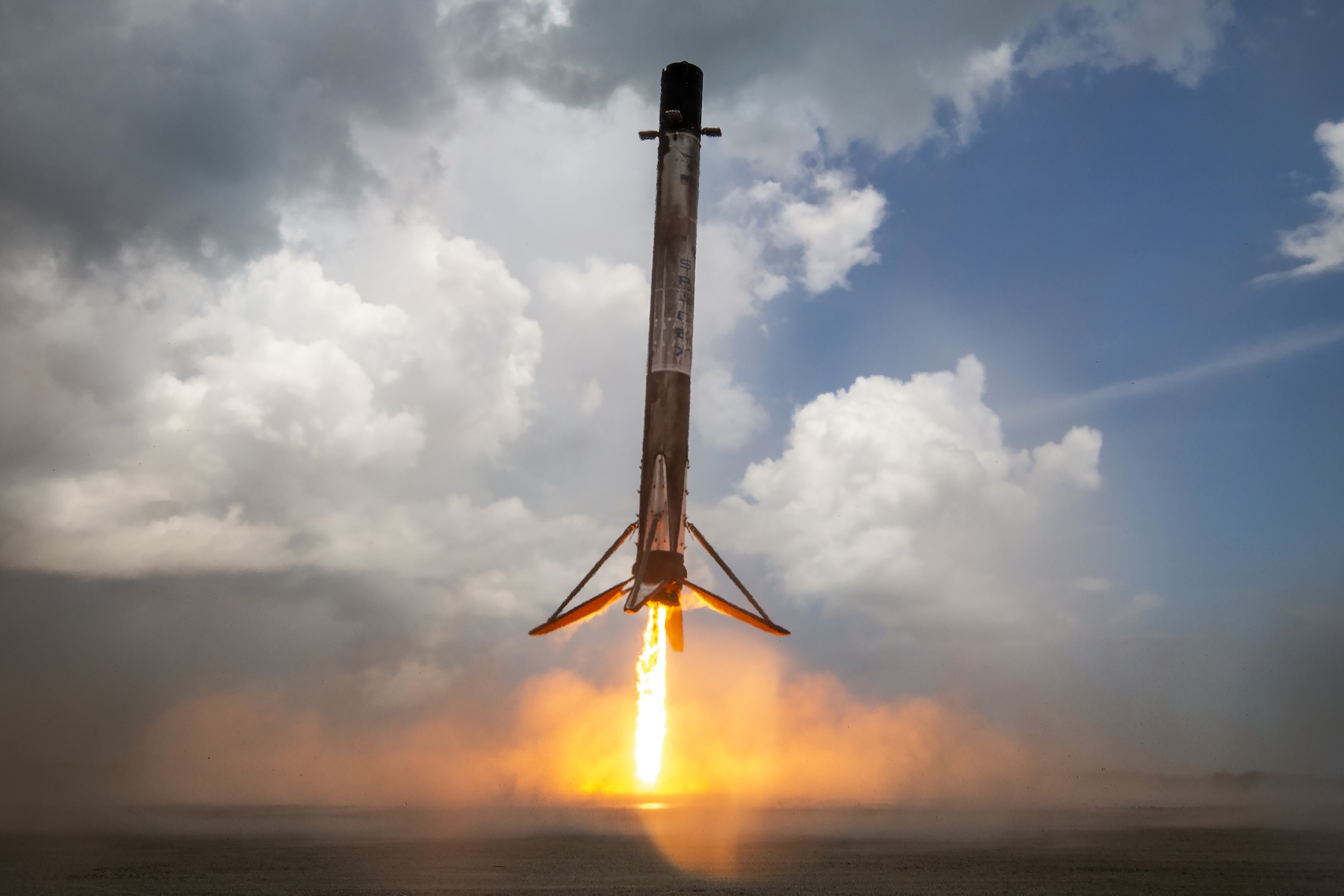
The Falcon 9 booster returns to Landing Zone 1 after the launch of the Crew-11 mission on Friday, August 1, 2025. Credit: SpaceX
Meanwhile, the Falcon 9’s second stage fired its single engine to accelerate the Crew Dragon spacecraft into low-Earth orbit. Less than 10 minutes after liftoff, the capsule separated from the second stage to wrap up the 159th consecutive successful launch of a Falcon 9 rocket.
“I have no emotions but joy right now,” Cardman said moments after arriving in orbit. “That was absolutely transcendent, the ride of a lifetime.”
This is the first trip to space for Cardman, a 37-year-old geobiologist and Antarctic explorer selected as a NASA astronaut in 2017. She was assigned to command a Dragon flight to the ISS last year, but NASA bumped her and another astronaut from the mission to make room for the spacecraft to return the two astronauts left behind on the station by Boeing’s troubled Starliner capsule.
Mike Fincke, 58, is beginning his fourth spaceflight after previous launches on Russian Soyuz spacecraft and NASA’s space shuttle. He was previously training to fly on the Starliner spacecraft’s first long-duration mission, but NASA moved him to Dragon as the Boeing program faced more delays.
“Boy, it’s great to be back in orbit!” Fincke said. “Thank you to SpaceX and NASA for getting us here. What a ride!”
Yui is on his second flight to orbit. The 55-year-old former fighter pilot in the Japanese Air Self-Defense Force spent 141 days in space in 2015. Platonov, a 39-year-old spaceflight rookie, was a fighter pilot in the Russian Air Force before training to become a cosmonaut.
A matter of money
There’s some unexpected uncertainty going into this mission about how long the foursome will be in space. Missions sometimes get extended for technical reasons, or because of poor weather in recovery zones on Earth, but there’s something different in play with Crew-11. For the first time, there’s a decent chance that NASA will stretch out this expedition due to money issues.
The Trump administration has proposed across-the-board cuts to most NASA programs, including the International Space Station. The White House’s budget request for NASA in fiscal year 2026, which begins on October 1, calls for an overall cut in agency funding of nearly 25 percent.
The White House proposes a slightly higher reduction by percentage for the International Space Station and crew and cargo transportation to and from the research outpost. The cuts to the ISS would keep the station going through 2030, but with a smaller crew and a reduced capacity for research. Effectively, the ISS would limp toward retirement after more than 30 years in orbit.
Steve Stich, NASA’s commercial crew program manager, said the agency’s engineers are working with SpaceX to ensure the Dragon spacecraft can stay in orbit for at least eight months. The current certification limit is seven months, although officials waived the limit for one Dragon mission that lasted longer.
“When we launch, we have a mission duration that’s baseline,” Stich said in a July 10 press conference. “And then we can extend [the] mission in real-time, as needed, as we better understand… the reconciliation bill and the appropriations process and what that means relative to the overall station manifest.”
An update this week provided by Dana Weigel, NASA’s ISS program manager, indicated that officials are still planning for Crew-11 to stay in space a little longer than usual.
“We are looking at the potential to extend this current flight, Crew-11,” Weigel said Wednesday. “There are a few more months worth of work to do first.”
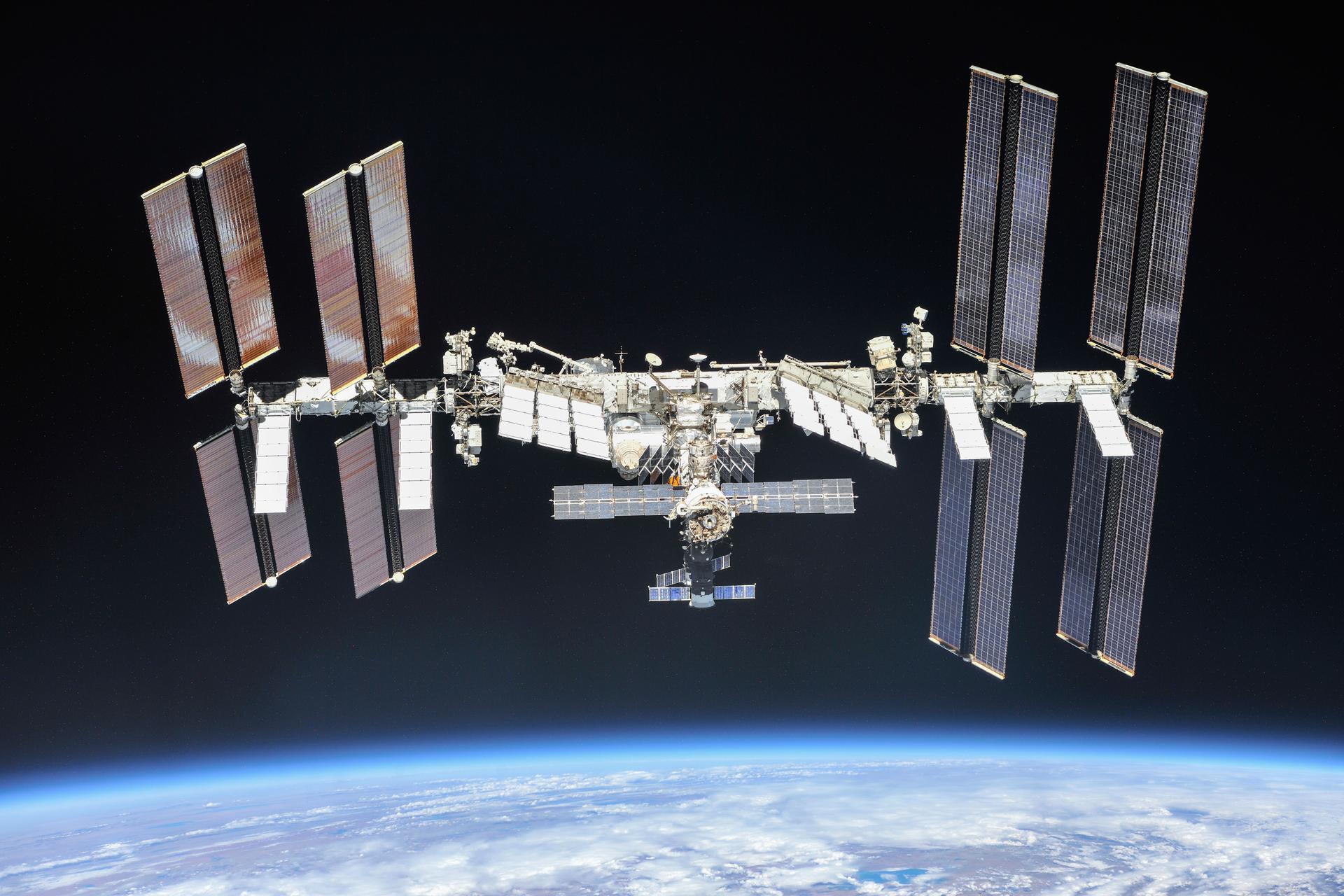
This photo of the International Space Station was captured by a crew member on a Soyuz spacecraft. Credit: NASA/Roscosmos
Budget bills advanced in the Senate and House of Representatives in July would maintain funding for most NASA programs, including the ISS and transportation, close to this year’s levels. But it’s no guarantee that Congress will pass an appropriations bill for NASA before the deadline of midnight on October 1. It’s also unknown whether President Donald Trump would sign a budget bill into law that rejects his administration’s cuts.
If Congress doesn’t act, lawmakers must pass a continuing resolution as a temporary stopgap measure or accept a government shutdown. Some members of Congress are also concerned that the Trump administration might simply refuse to spend money allotted to NASA and other federal agencies in any budget bill. This move, called impoundment, would be controversial, and its legality would likely have to be adjudicated in the courts.
A separate amendment added in Congress to a so-called reconciliation bill and signed into law by Trump on July 4 also adds $1.25 billion for ISS operations through 2029. “We’re still evaluating how that’s going to affect operations going forward, but it’s a positive step,” said Ken Bowersox, NASA’s associate administrator for space operations.
Suffice it to say that while Congress has signaled its intention to keep funding the ISS and many other NASA programs, the amount of money the space agency will actually receive remains uncertain. Trump appointees have directed NASA managers to prepare to operate as if the White House’s proposed cuts will become reality.
For officials in charge of the International Space Station, this means planning for fewer astronauts, reductions in research output, and longer-duration missions to minimize the number of crew rotation flights NASA must pay for. SpaceX is NASA’s primary contractor for crew rotation missions, using its Dragon spacecraft. NASA has a similar contract with Boeing, but that company’s Starliner spacecraft has not been certified for any operational flights to the station.
SpaceX’s next crew mission to the space station, Crew-12, is scheduled to launch early next year. Weigel said NASA is looking at the “entire spectrum” of options to cut back on the space station’s operations and transportation costs. One of those options would be to launch three crew members on Crew-12 instead of the regular four-person complement.
“We don’t have to answer that right now,” Weigel said. “We can actually wait pretty late to make the crew size smaller if we need to. In terms of cargo vehicles, we’re well-supplied through this fall, so in the short term, I’d say, through the end of this year and the beginning of ’26, things look pretty normal in terms of what we have planned for the program.
“But we’re evaluating things, and we’ll be ready to adjust when the budget is passed and when we figure out where we really land.”
With Trump’s cutbacks, crew heads for ISS unsure of when they’ll come back Read More »
